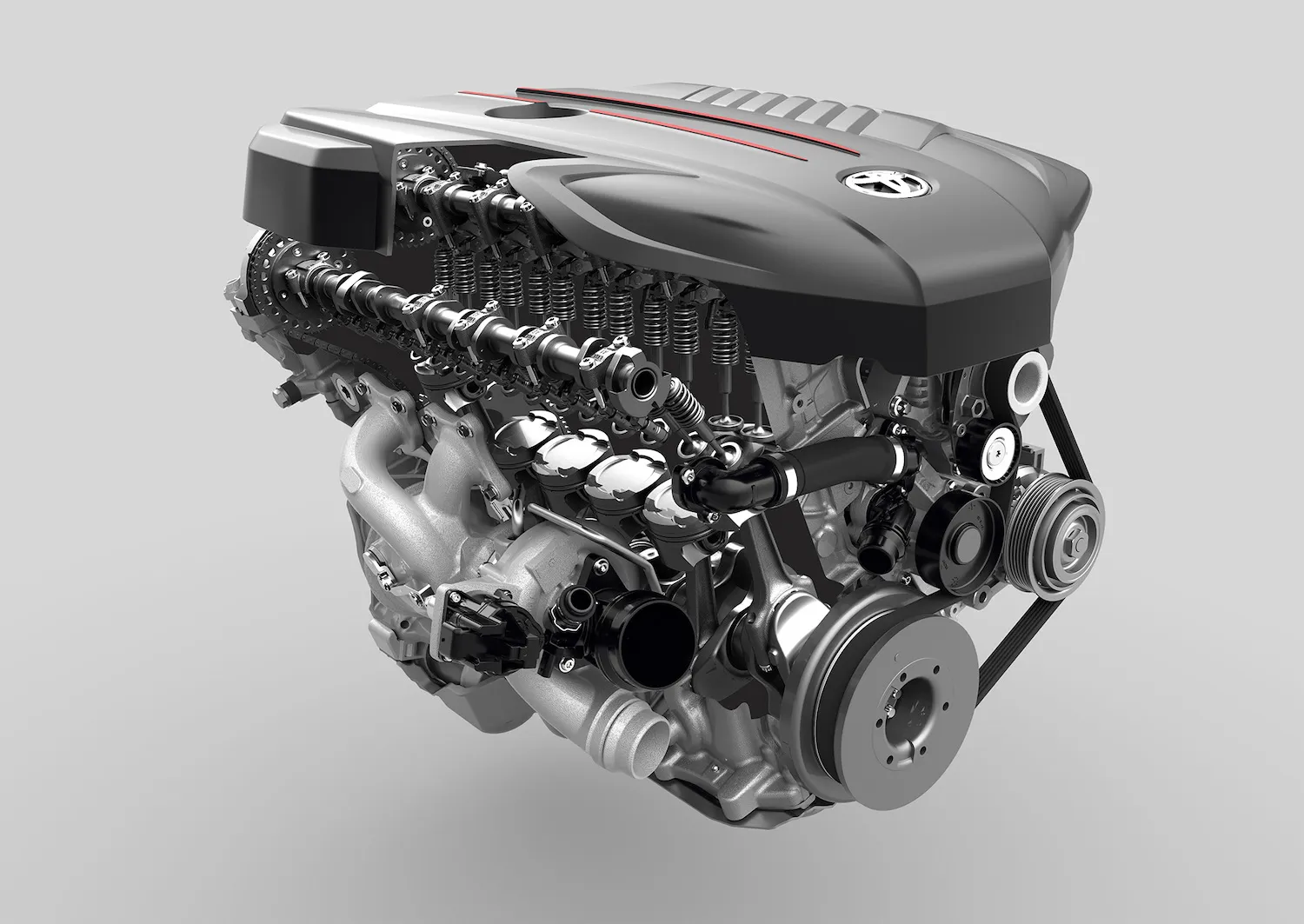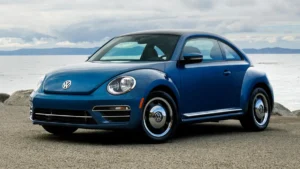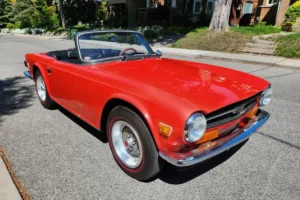The inline 6-cylinder engine, commonly known as the straight-six, is an engineering marvel that has stood the test of time in the automotive world. Praised for its smooth operation, perfect balance, and robust durability, the inline 6 engine has been a staple in both performance and luxury vehicles for decades.
From the classic models that defined an era to the advanced machines of today, the inline 6 has powered some of the most iconic cars on the road.
This blog will guide you through the history, benefits, and notable examples of cars equipped with inline 6 engines, explaining why this configuration remains a favorite among both drivers and manufacturers.
History
The inline 6 engine has a storied history that dates back to the early 1900s, with its origins rooted in the pursuit of more powerful and efficient automotive engines. One of the earliest adopters of this configuration was Rolls-Royce, which introduced the first inline 6 engine in 1906.
The design quickly gained popularity for its inherent balance and smooth power delivery, making it a preferred choice for luxury cars and performance vehicles.
In the 1920s and 1930s, American car manufacturers like Buick and Chevrolet began to incorporate inline 6 engines into their lineups. These engines offered a more refined and powerful alternative to the 4-cylinder engines that were common at the time.
The smooth and linear power delivery of the inline 6 made it especially well-suited for larger, more luxurious cars.
During this period, European manufacturers also recognized the benefits of the inline 6 engine. BMW, in particular, became synonymous with the straight-six configuration, using it in a variety of models that combined performance and luxury.
The BMW 328, introduced in the late 1930s, is one of the earliest examples of a car that leveraged the inline 6 engine to achieve success both on the road and on the racetrack.
Advantages
The popularity of the inline 6 engine can be attributed to several key advantages that set it apart from other engine configurations. One of the most significant benefits is its perfect primary and secondary balance.
Unlike V6 engines, which require complex balancing mechanisms to reduce vibrations, the inline 6 engine is naturally balanced. This results in smoother operation and less wear on internal components, contributing to the engine’s long-term reliability.
Another advantage of the inline 6 engine is its simplicity. With all six cylinders arranged in a straight line, the engine design is straightforward, with fewer moving parts compared to V-shaped engines. This simplicity not only makes the engine more reliable but also easier to maintain and repair, which has endeared it to mechanics and car enthusiasts alike.
The layout of the inline 6 engine also allows for a more even distribution of heat across the engine block. This uniform heat distribution reduces the risk of hot spots that can lead to engine damage, further enhancing the durability of the engine.
In addition, the linear arrangement of the cylinders contributes to a more even torque delivery, which provides a smoother and more predictable driving experience.
Another key advantage of the inline 6 engine is its ability to produce a broad and linear power band. This means that the engine delivers power consistently across a wide range of RPMs, making it well-suited for both everyday driving and high-performance applications.
Whether you’re cruising on the highway or pushing the car to its limits on a racetrack, the inline 6 engine provides a satisfying and responsive performance.
Notable Inline 6 Cars
Throughout automotive history, the inline 6 engine has powered some of the most iconic and beloved cars ever made. Below are a few examples of cars that have earned their place in the automotive hall of fame, thanks in part to their inline 6 engines.
1. BMW E46 3 Series (330i)
- Production Years: 1998–2006
- Engine: 3.0-liter inline 6
- Horsepower: 225 hp @ 5,900 rpm
- Torque: 214 lb-ft @ 3,500 rpm
- Transmission: 5-speed manual or 6-speed manual
- Drive Type: Rear-wheel drive
- Notable Features: Renowned for its smooth power delivery and responsive performance, the E46 330i offers a balanced driving experience. Its inline 6 engine is celebrated for reliability and durability, contributing to BMW’s reputation as the “ultimate driving machine.
The BMW 3 Series is perhaps the most famous car line associated with the inline 6 engine, and the E46 330i is one of the most celebrated models. Produced from 1998 to 2006, the E46 330i was powered by a 3.0-liter inline 6 engine that delivered 225 horsepower and 214 lb-ft of torque.
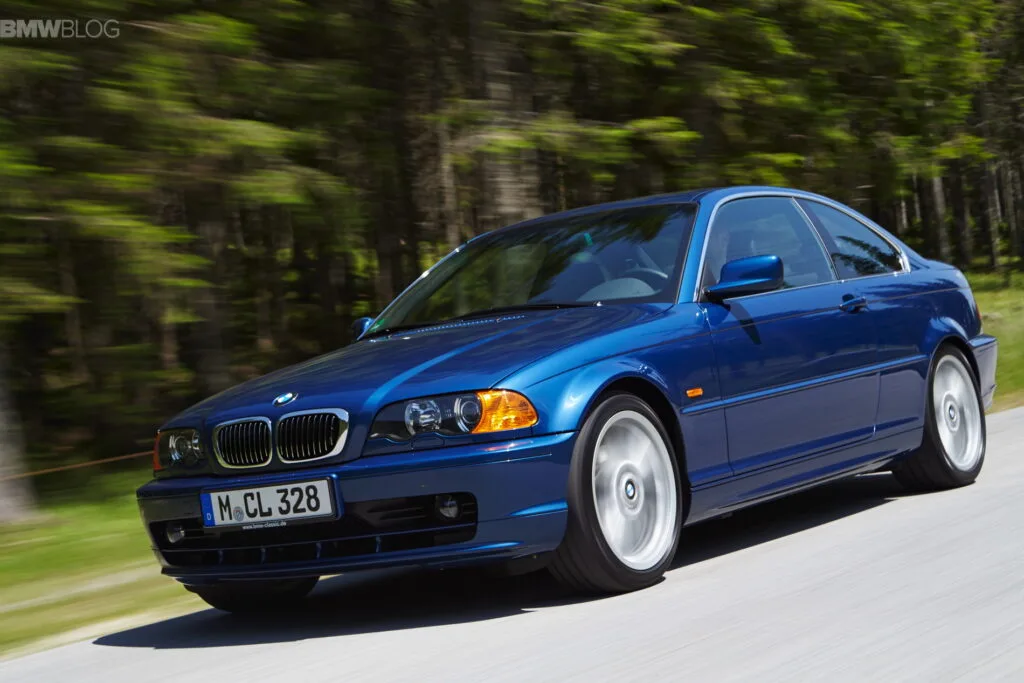
This engine was known for its smooth power delivery and responsive performance, making the 330i a favorite among driving enthusiasts.
The E46 330i’s engine was also renowned for its reliability, with many examples still on the road today. The combination of performance, durability, and driving pleasure made the 330i a benchmark in the sports sedan segment and helped solidify BMW’s reputation as a manufacturer of “ultimate driving machines.”
2. Toyota Supra (A80)
- Production Years: 1993–2002
- Engine: 3.0-liter twin-turbocharged inline 6 (2JZ-GTE)
- Horsepower: 276 hp (officially, though actual output is often higher)
- Torque: 318 lb-ft
- Transmission: 6-speed manual or 4-speed automatic
- Drive Type: Rear-wheel drive
- Notable Features: The A80 Supra’s 2JZ-GTE engine is legendary for its robustness and immense tuning potential, with many modified examples exceeding 1,000 hp. Its performance and cultural impact have made it one of the most sought-after Japanese sports cars.
The Toyota Supra, particularly the A80 model produced from 1993 to 2002, is another car that achieved legendary status thanks to its inline 6 engine. The A80 Supra was powered by the 2JZ-GTE engine, a 3.0-liter twin-turbocharged inline 6 that was originally rated at 276 horsepower and 318 lb-ft of torque.

However, these figures were often conservative, with actual power output being higher.
The 2JZ-GTE engine became famous for its immense tuning potential, with many owners modifying the engine to produce over 1,000 horsepower. The engine’s robustness and reliability made it a favorite among tuners and enthusiasts, and the A80 Supra remains one of the most sought-after Japanese sports cars to this day.
3. Jaguar E-Type
- Production Years: 1961–1968
- Engine: 3.8-liter or 4.2-liter inline 6
- Horsepower: 265 hp
- Torque: 260 lb-ft
- Transmission: 4-speed manual
- Drive Type: Rear-wheel drive
- Notable Features: Celebrated for its stunning design and potent performance, the E-Type’s inline 6 engine provided smooth and powerful acceleration, contributing to its status as a British automotive icon.
The Jaguar E-Type, often regarded as one of the most beautiful cars ever made, was powered by an inline 6 engine in its early iterations. The Series 1 E-Type, produced from 1961 to 1968, featured a 3.8-liter or 4.2-liter inline 6 engine that provided smooth and potent performance.

The combination of the E-Type stunning design and powerful engine made it an instant classic and a symbol of British automotive excellence.
The inline 6 engine in the E-Type was praised for its refinement and ability to deliver strong performance across the rev range. The car’s lightweight construction, coupled with the engine’s characteristics, allowed it to achieve impressive speed and agility, making it a favorite among driving enthusiasts.
4. Nissan Skyline GT-R (R34)
- Production Years: 1999–2002
- Engine: 2.6-liter twin-turbocharged inline 6 (RB26DETT)
- Horsepower: 276 hp
- Torque: 293 lb-ft
- Transmission: 6-speed manual
- Drive Type: All-wheel drive
- Notable Features: The R34 GT-R’s RB26DETT engine is famed for its tuning capabilities, with many enthusiasts achieving over 500 hp. Its advanced all-wheel-drive system and balanced handling have cemented its place as an iconic Japanese sports car.
The Nissan Skyline GT-R, particularly the R34 model, is another car that gained legendary status thanks to its inline 6 engine. The R34 GT-R was powered by the RB26DETT engine, a 2.6-liter twin-turbocharged inline 6 that produced 276 horsepower and 293 lb-ft of torque.
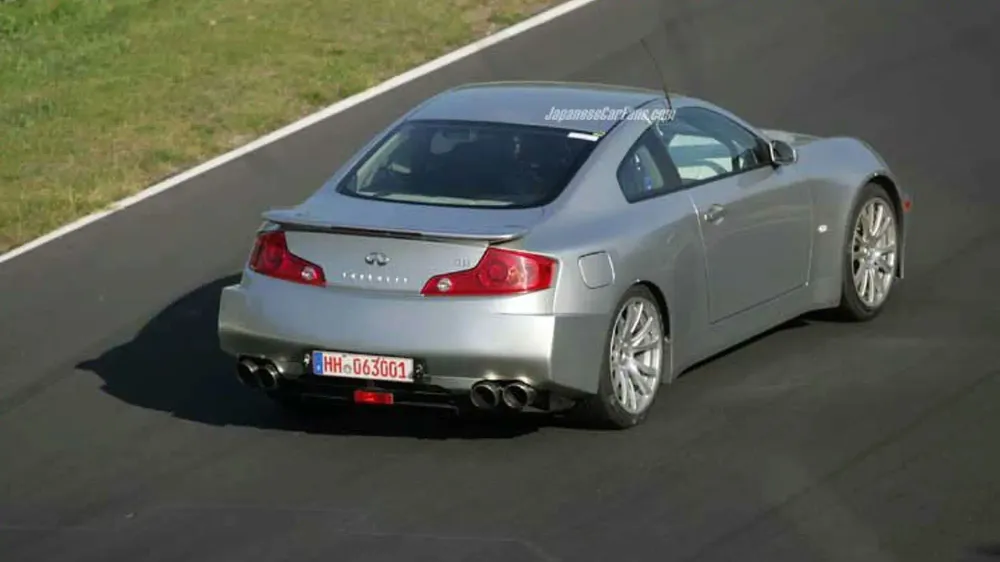
Like the 2JZ-GTE, the RB26DETT was known for its tuning potential, with many owners modifying the engine to produce well over 500 horsepower.
The R34 GT-R’s inline 6 engine was a key factor in its success on both the road and the racetrack. The engine’s smooth power delivery, combined with the car’s advanced all-wheel-drive system, made the R34 GT-R a formidable performer in a variety of driving conditions.
The R34 GT-R remains one of the most iconic Japanese sports cars ever made and continues to be celebrated by enthusiasts around the world.
5. Mercedes-Benz 300 SL
- Production Years: 1954–1963
- Engine: 3.0-liter inline 6 with direct fuel injection
- Horsepower: 215 hp
- Torque: 203 lb-ft
- Transmission: 4-speed manual
- Drive Type: Rear-wheel drive
- Notable Features: Known for its iconic gullwing doors and innovative engineering, the 300 SL was one of the fastest cars of its time. Its direct fuel injection system was advanced for the era, contributing to its impressive performance.
The Mercedes-Benz 300SL, produced in the 1950s, is another classic car that featured an inline 6 engine. The 300SL was powered by a 3.0-liter inline 6 engine that produced 215 horsepower, making it one of the fastest cars of its time.
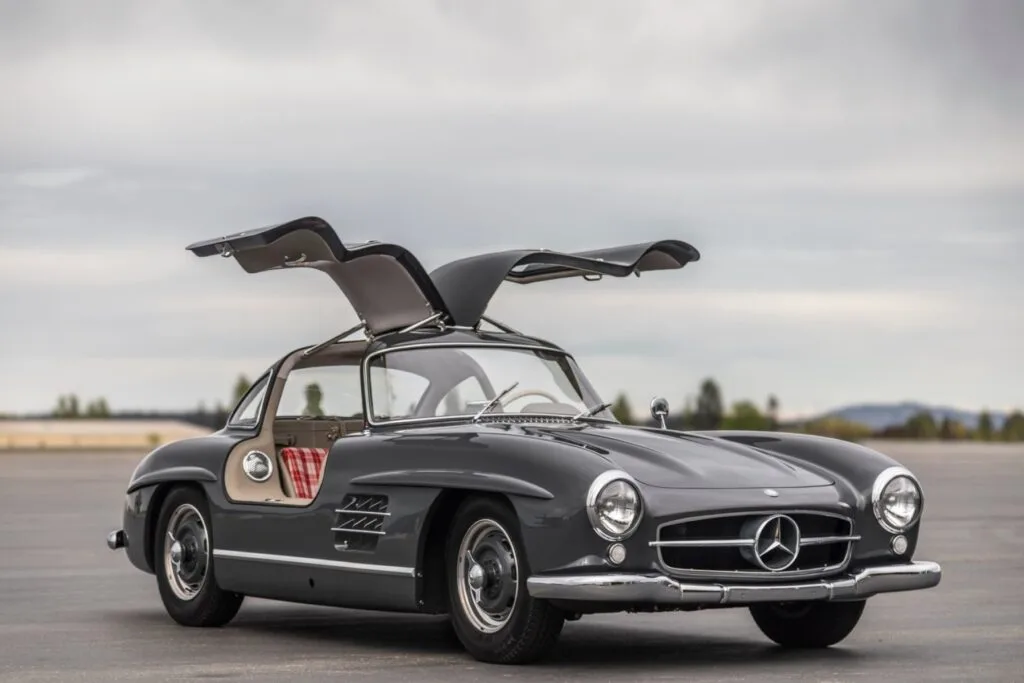
The engine was notable for its use of direct fuel injection, a technology that was advanced for its era and contributed to the car’s impressive performance.
The 300SL’s inline 6 engine, combined with its lightweight tubular frame and iconic gullwing doors, made it a symbol of innovation and luxury. The car’s performance and design earned it a place in automotive history, and it remains one of the most desirable classic cars among collectors.
The Modern Revival of Inline 6 Engines
In recent years, the inline 6 engine has seen a resurgence in popularity, particularly among luxury and performance car manufacturers. Advances in technology, such as turbocharging and direct fuel injection, have allowed modern inline 6 engines to deliver even greater levels of performance and efficiency while retaining the smoothness and refinement that made them famous in the first place.
1. BMW B58 Engine
- Production Years: 2015–Present
- Engine: 3.0L turbocharged inline 6
- Horsepower: 322–382 hp (depending on the model)
- Torque: 332–369 lb-ft
- Transmission: 8-speed automatic
- Drive Type: Rear-wheel drive or all-wheel drive
Notable Features:
- Twin-scroll turbocharger for improved efficiency
- High precision direct fuel injection
- Valvetronic and Double-VANOS variable valve timing
- Aluminum block and head for lightweight construction
Common Cars Using the B58:
- BMW M340i: $57,000+
- BMW Z4 M40i: $66,000+
- Toyota Supra (A90): $57,000+
Why It’s Special: The B58 is praised for its balance of power and efficiency, earning multiple awards, including Ward’s 10 Best Engines.
BMW has continued its tradition of producing exceptional inline 6 engines with the B58, introduced in 2015. The B58 is a 3.0-liter turbocharged inline 6 engine that has been used in a variety of BMW models, including the 3 Series, 4 Series, and Z4. The engine is known for its smooth power delivery, impressive torque, and reliability, making it one of the best inline 6 engines on the market today.
The B58 has received numerous accolades, including being named one of Ward’s 10 Best Engines multiple times. Its combination of performance, efficiency, and refinement has made it a favorite among both consumers and automotive journalists.
2. Mercedes-Benz M256 Engine
- Production Years: 2017–Present
- Engine: 3.0L turbocharged inline 6 with EQ Boost
- Horsepower: 362–429 hp
- Torque: 369–384 lb-ft
- Transmission: 9-speed automatic
- Drive Type: Rear-wheel drive or all-wheel drive
Notable Features:
- Integrated starter generator (ISG) for mild-hybrid assistance
- 48V electrical system for improved efficiency
- Electric auxiliary compressor to eliminate turbo lag
- Smooth and refined power delivery
Common Cars Using the M256:
- Mercedes-Benz E 450: $66,000+
- Mercedes-Benz S 500: $118,000+
- Mercedes-Benz GLE 450: $68,000+
Why It’s Special: The M256 is known for its hybrid-assisted performance, improving fuel efficiency without sacrificing power.
Mercedes-Benz has also embraced the inline 6 engine with the introduction of the M256, a 3.0-liter turbocharged inline 6 that debuted in 2017. The M256 features an integrated starter generator (ISG) and an electric compressor, allowing it to deliver strong performance while also improving fuel efficiency and reducing emissions.
The M256 engine is used in a variety of Mercedes-Benz models, including the E-Class, S-Class, and GLE. Its smooth and responsive power delivery, combined with the advanced hybrid technology, makes it a standout engine in the luxury segment.
3. Jaguar AJ126 Engine
- Production Years: 2012–Present
- Engine: 3.0L supercharged inline 6
- Horsepower: 335–395 hp
- Torque: 332–406 lb-ft
- Transmission: 8-speed automatic
- Drive Type: Rear-wheel drive or all-wheel drive
Notable Features:
- Supercharged for immediate throttle response
- Signature Jaguar exhaust note for an aggressive sound
- Advanced lightweight aluminum construction
- Strong mid-range torque for a thrilling driving experience
Common Cars Using the AJ126:
- Jaguar F-Type P380: $80,000+
- Jaguar XJ 3.0 Supercharged: $77,000+ (discontinued)
- Jaguar XE S: $53,000+ (discontinued)
Why It’s Special: The AJ126 offers a mix of luxury and performance, delivering an exciting driving experience with Jaguar’s signature refinement.
Jaguar’s AJ126 is another modern inline 6 engine that has garnered attention for its performance and refinement. The AJ126 is a 3.0-liter supercharged inline 6 engine that has been used in various Jaguar models, including the F-Type and XJ.
The engine is known for its strong power delivery and distinctive exhaust note, making it a key part of Jaguar’s performance identity.
The AJ126 engine is a testament to Jaguar’s commitment to combining performance with luxury, and it continues to be a popular choice among enthusiasts who appreciate the smoothness and power of an inline 6 engine.
The Future of Inline 6 Engines
As the automotive industry moves toward electrification, the future of the internal combustion engine, including the inline 6, is uncertain. However, many manufacturers are finding ways to integrate electric and hybrid technologies with inline 6 engines to create more efficient and environmentally friendly powertrains.
For example, BMW’s upcoming models are expected to feature hybridized versions of the B58 engine, combining the smooth power delivery of the inline 6 with the efficiency and torque of electric motors. Similarly, Mercedes-Benz’s M256 engine already incorporates mild hybrid technology, and future versions are likely to expand on this concept.
While the transition to electric vehicles is inevitable, the inline 6 engine is likely to remain relevant in the coming years, especially in high-performance and luxury segments where its characteristics are highly valued.
Conclusion
The inline 6 engine is a testament to the brilliance of automotive engineering, combining simplicity, balance, and power in a way that has captivated drivers for over a century. From its early days in luxury and performance cars to its modern resurgence in advanced turbocharged and hybrid powertrains, the inline 6 engine continues to be a favorite among those who appreciate smooth and responsive driving.
As we look to the future, the inline 6 engine is poised to remain a key player in the automotive world, even as the industry embraces new technologies and moves toward electrification. Whether you’re a car enthusiast or simply someone who appreciates a great driving experience, the inline 6 engine is sure to leave a lasting impression.

